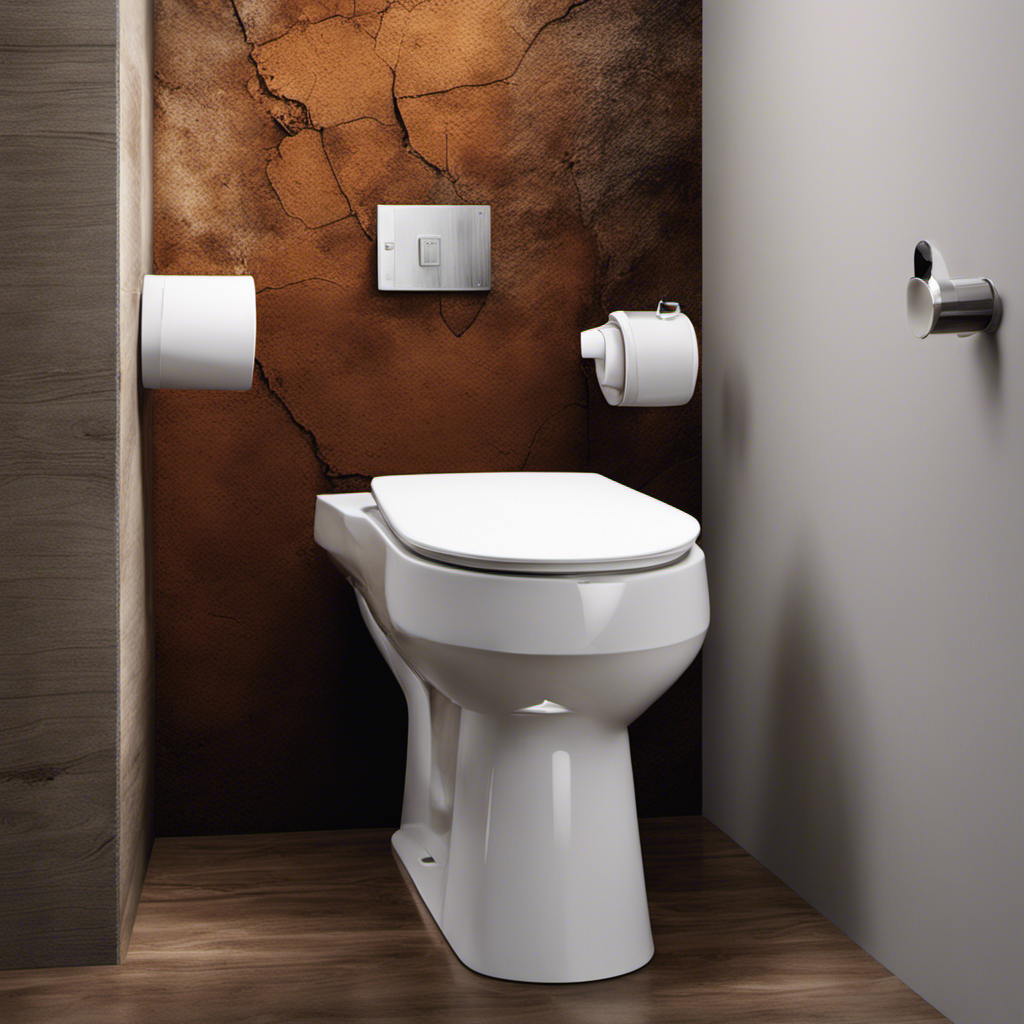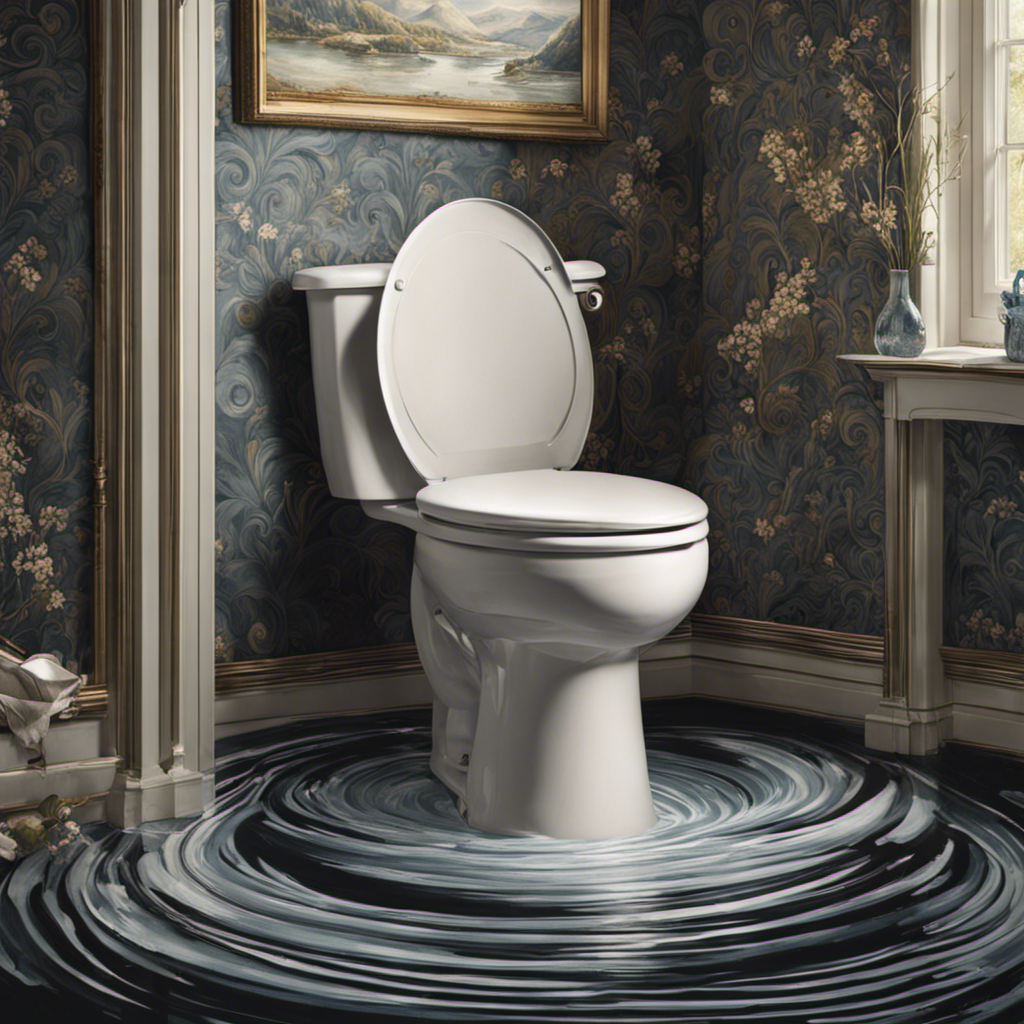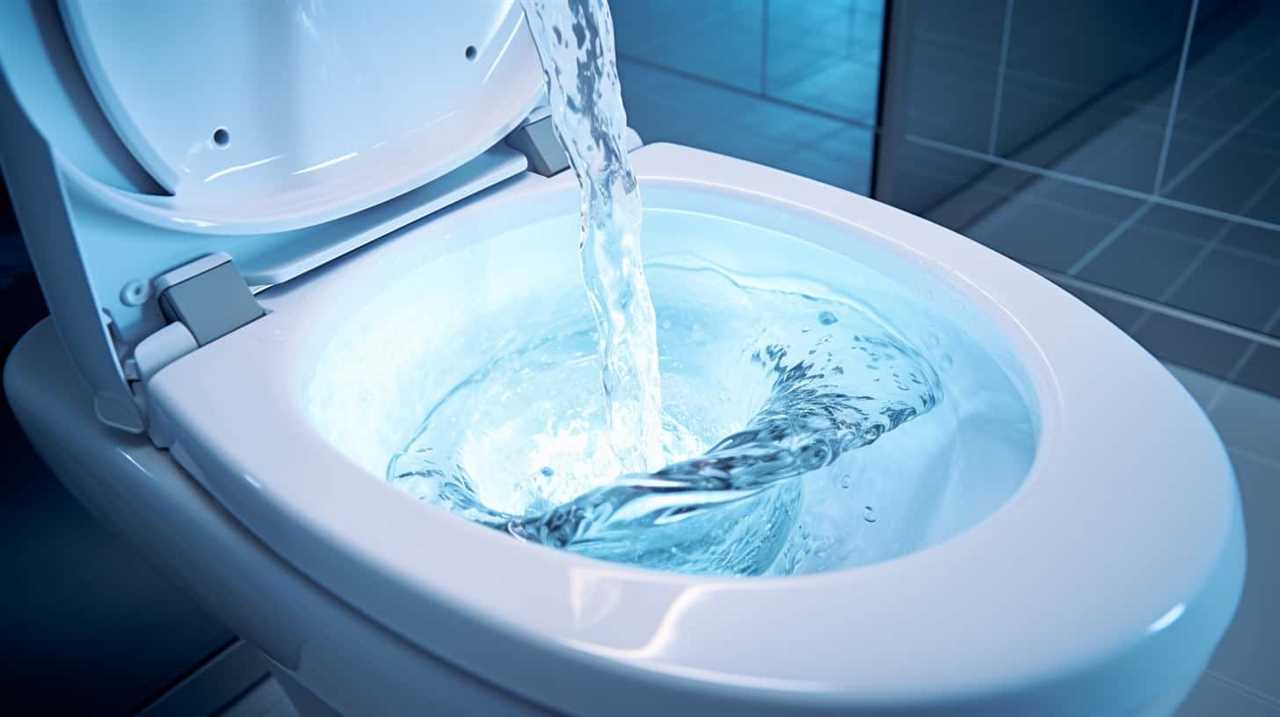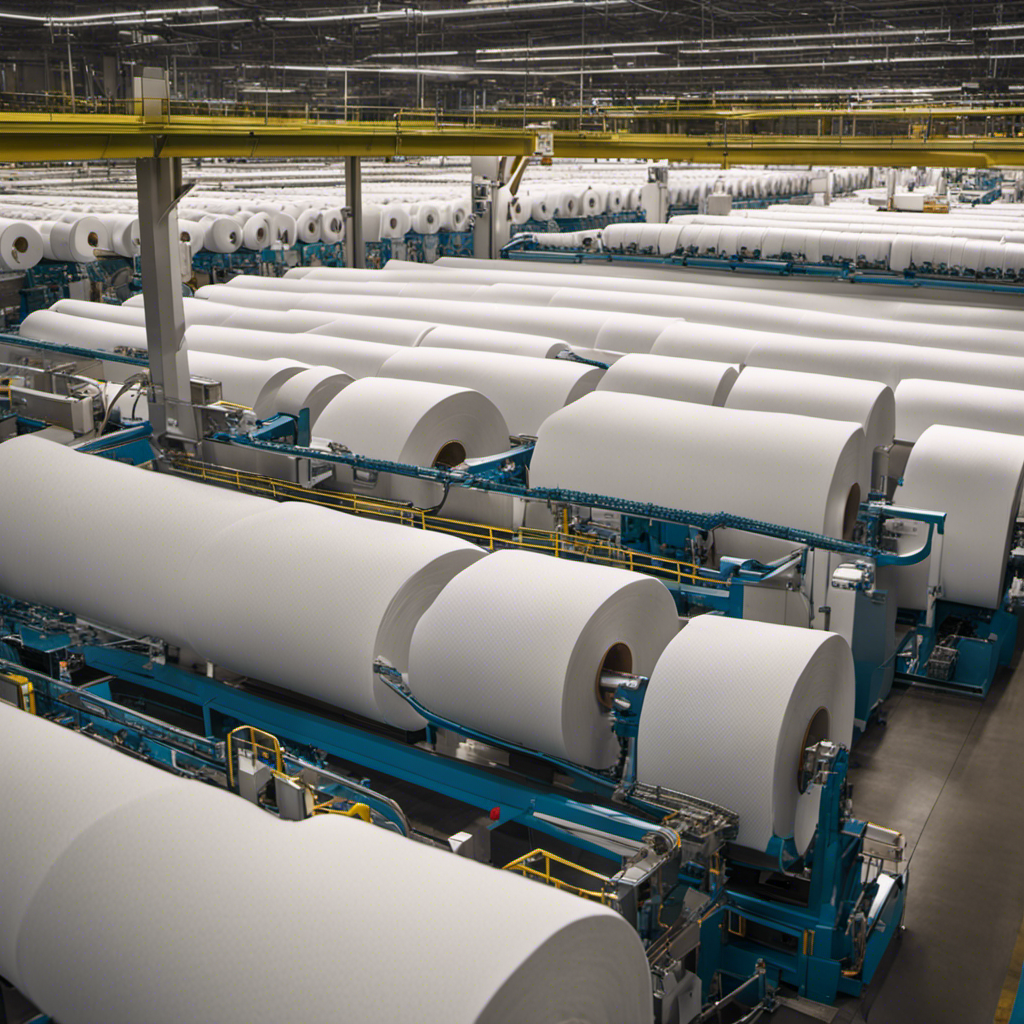I’ll tell you, folks, there comes a time when a toilet just can’t cut it anymore. I mean, think about it: constant leaks, cracks, and repairs? Ain’t nobody got time for that! And don’t even get me started on those outdated and inefficient models.
But fear not, my friends, because in this article, I’m going to show you exactly when it’s time to bid farewell to that old porcelain throne and upgrade to a brand spanking new one. So buckle up and get ready for some toilet talk!
Key Takeaways
- Constant leaking and signs of wear and tear, such as cracks or water pooling around the base, indicate that a toilet needs replacement.
- Upgrading to a newer toilet reduces water consumption, saves time and money on constant repairs, and offers advanced features to prevent clogs.
- Cracks and damage in a toilet can lead to leaks and costly repairs, and may require professional inspection or replacement.
- Outdated and inefficient toilet models waste water and contribute to higher utility bills, while newer models offer water-saving flushes and improved bowl design.
Signs of Wear and Tear
One of the signs that it’s time to replace a toilet is if it’s constantly leaking. A leaking toilet can cause water damage to your bathroom floor and increase your water bill.
When inspecting your toilet, pay attention to both the toilet bowl and the water tank. Look for any cracks or visible damage on the toilet bowl. Additionally, check the water tank for any signs of leakage, such as water pooling around the base or a constant sound of running water.
If you notice any of these issues, it’s a clear indication that your toilet is worn out and needs to be replaced. Don’t ignore these signs as they can lead to more serious problems in the future.
Constant Leaks and Repairs
If you’re constantly dealing with leaks and repairs, it might be time to consider getting a new toilet. Here are three reasons why toilet installation can be a smart choice for both your sanity and the environment:
-
Water Conservation: Older toilets can be inefficient, using more water per flush than necessary. By upgrading to a newer model, you can reduce your water consumption and contribute to water conservation efforts.
-
Cost Savings: Constant leaks and repairs can quickly add up, costing you both time and money. Investing in a new toilet can save you from the hassle of ongoing maintenance and repair expenses.
-
Improved Performance: Newer toilets are designed with advanced features that enhance flushing power and prevent clogs. This means fewer instances of plunging and a more efficient, effective toilet overall.
Cracks and Damage
To prevent further issues, you should consider having a professional inspect any cracks or damage in your current toilet. Cracks and damage can lead to leaks and other problems that may require costly repairs. If the damage is extensive, it may be more cost-effective to replace the entire toilet.
The cost of toilet replacement can vary depending on factors such as the type of toilet and any additional features you choose. DIY toilet installation is possible for those with plumbing experience, but it is important to follow proper installation procedures to avoid any mistakes. It is always a good idea to consult a professional if you are unsure or if the damage is significant.
Transitioning into the next section, outdated and inefficient models can also contribute to the need for toilet replacement.
Outdated and Inefficient Models
Outdated and inefficient models of toilets can waste a significant amount of water and contribute to higher utility bills. When it comes to toilet technology, advancements have been made to ensure better water conservation. Here are three reasons why upgrading your toilet can make a difference:
-
Water-saving flush mechanisms: Newer toilet models are equipped with dual-flush systems or low-flow technology, allowing you to choose between a full flush or a partial flush depending on your needs. This can save gallons of water with each use.
-
Efficient bowl design: Modern toilets are designed with improved bowl shapes and surfaces that promote better flushing and prevent clogs. This means less water is needed to effectively clean the bowl.
-
Smart features: Some high-tech toilets come with features like automatic flushing, motion-activated lids, and water-saving sensors. These advanced technologies optimize water usage and make your bathroom experience more convenient.
Upgrading your toilet to a more efficient model not only helps conserve water but also saves you money on your utility bills. With these benefits in mind, let’s explore the next section on remodeling and upgrading your bathroom.
Remodeling and Upgrading
When remodeling and upgrading your bathroom, consider incorporating energy-efficient fixtures and modern designs to create a stylish and eco-friendly space.
There are various upgrading options available that can transform your outdated bathroom into a cost-effective and contemporary oasis.
Start by replacing your old toilet with a new, water-saving model. High-efficiency toilets use less water per flush, helping you conserve water and reduce your utility bills.
Additionally, upgrading your showerhead to a low-flow option can further maximize water efficiency.
Consider installing LED lighting fixtures, which are not only energy-efficient but also provide a sleek and modern look to your bathroom.
Finally, choose eco-friendly materials for your flooring and countertops, such as bamboo or recycled glass.
Frequently Asked Questions
Is It Necessary to Hire a Professional Plumber to Replace a Toilet, or Can It Be Done as a DIY Project?
It is possible to do a DIY toilet installation, but there are pros and cons. Hiring a professional plumber ensures expertise, saves time, and avoids potential mistakes. However, doing it yourself can save money if you have the necessary skills and tools.
Are There Any Eco-Friendly or Water-Saving Options Available When Choosing a New Toilet?
When it comes to choosing a new toilet, there are plenty of eco-friendly and water-saving options available. One example is a dual-flush toilet, which allows you to choose between a full or partial flush, saving water and reducing your environmental impact. The benefits of water-saving toilets include lower water bills and a reduced strain on our water resources.
How Long Does the Average Toilet Last Before It Needs to Be Replaced?
On average, a toilet lasts around 20 years before needing replacement. However, signs of wear, such as cracks, leaks, or constant clogs, may indicate the need for replacement sooner.
What Are Some Common Mistakes to Avoid When Replacing a Toilet?
When replacing a toilet, common mistakes can ruin your DIY project. It’s important to avoid rushing, improper measurements, and forgetting to shut off the water. Precision and attention to detail are key.
Are There Any Government Rebates or Incentives Available for Upgrading to a More Water-Efficient Toilet?
Yes, there are government rebates and incentives available for upgrading to a more water-efficient toilet. These programs encourage homeowners to conserve water by offering financial assistance for the purchase and installation of water-saving fixtures.
Conclusion
In conclusion, it’s crucial to know when to replace a toilet. By paying attention to signs of wear and tear, such as loose parts and frequent clogs, you can avoid constant leaks and repairs.
Cracks and damage should also be addressed promptly to prevent further issues. Additionally, outdated and inefficient models can waste water and increase your utility bills.
Lastly, if you’re remodeling or upgrading your bathroom, it’s the perfect opportunity to install a new, more modern toilet. Don’t wait for a major problem to arise – replace your toilet to ensure a functional and efficient bathroom.










